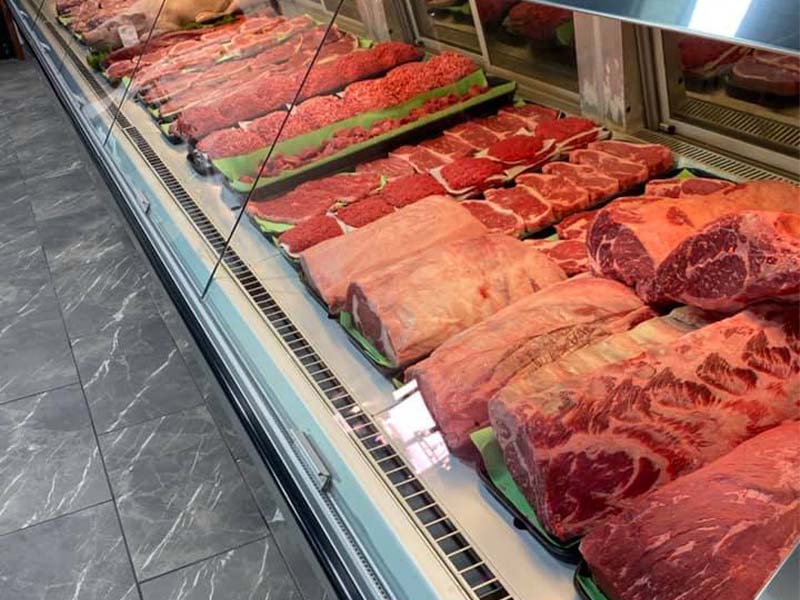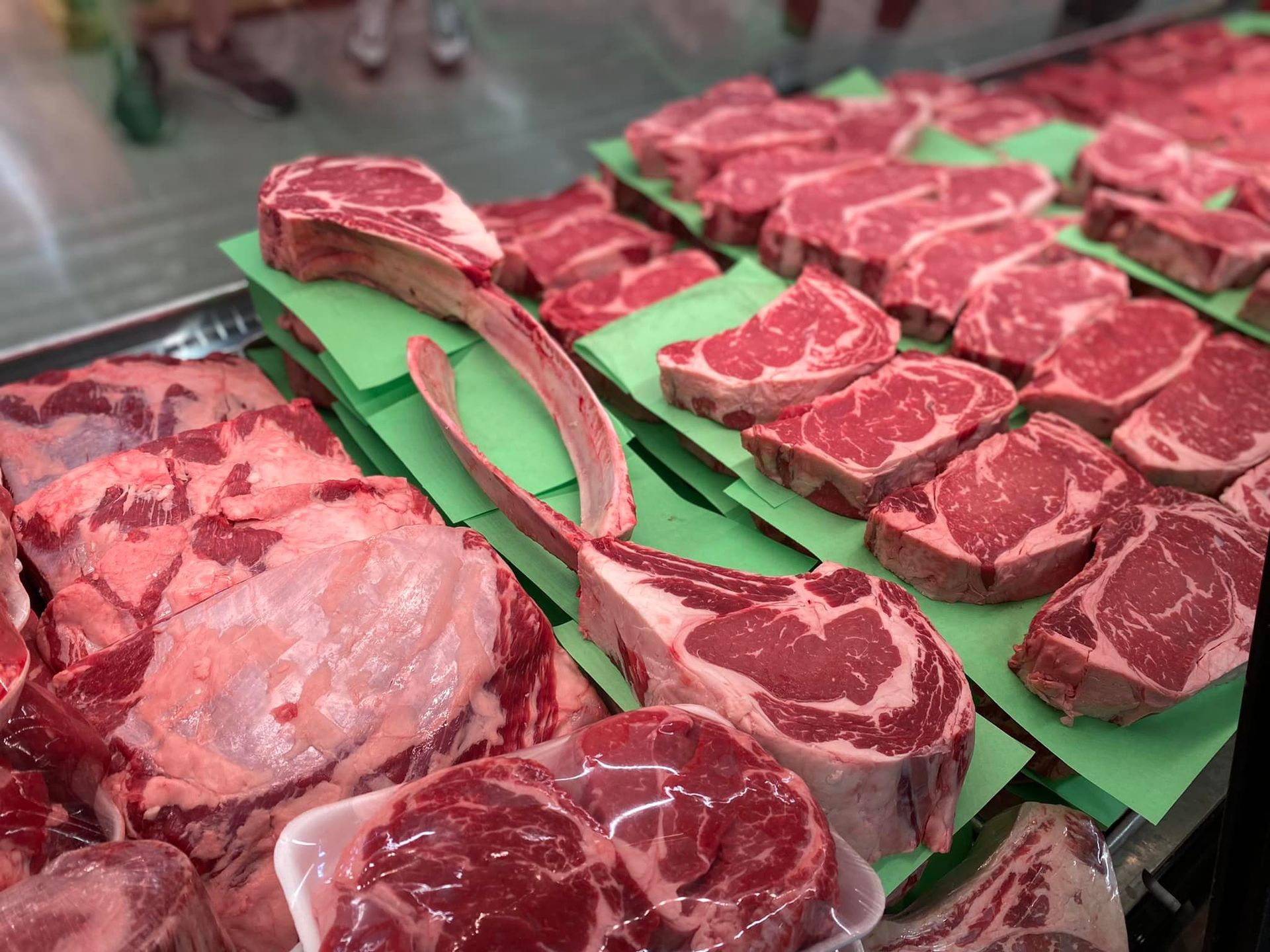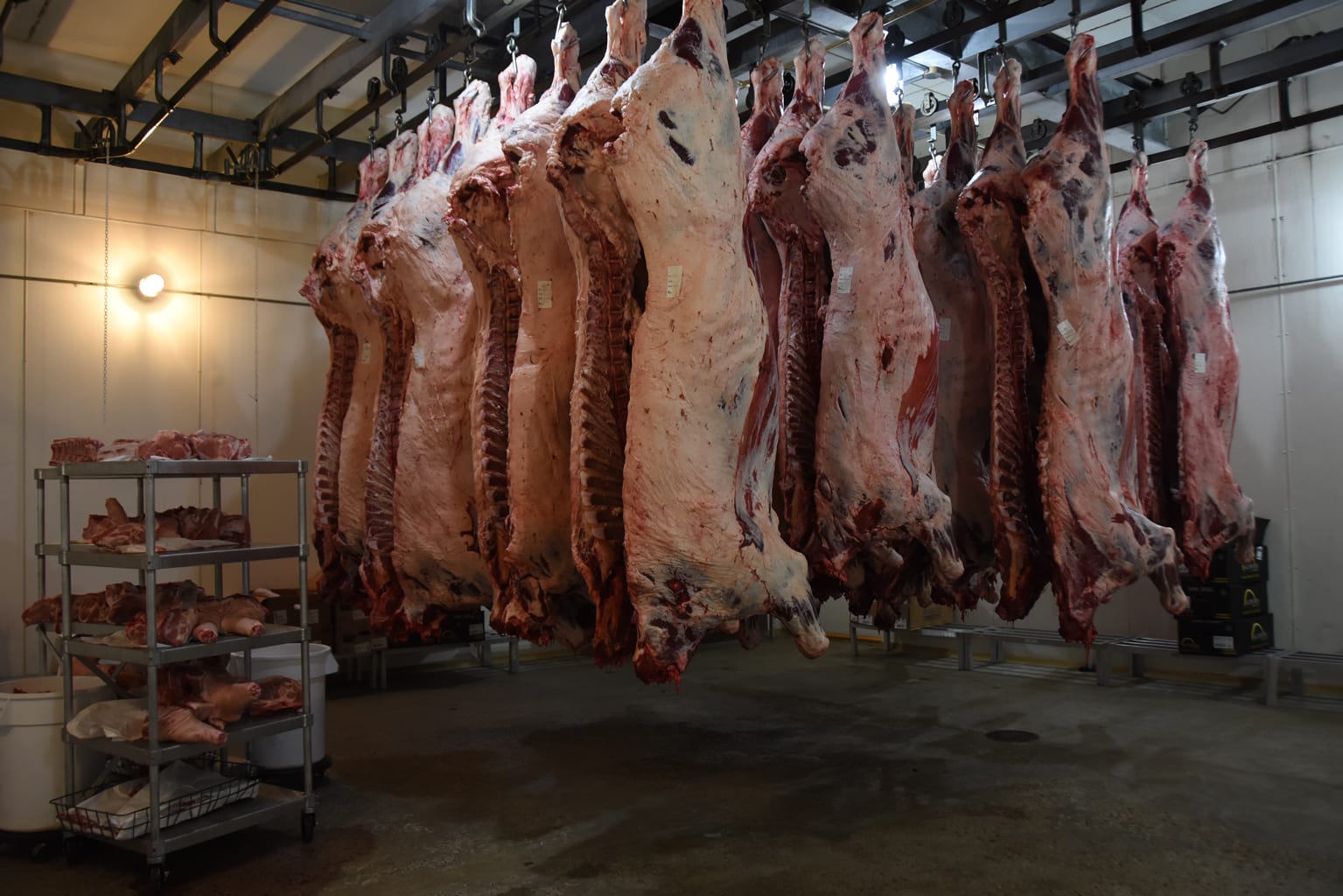Why Bagley Farms Meat Market Edwardsville IL Is the most effective Choice for Quality Meats
Why Bagley Farms Meat Market Edwardsville IL Is the most effective Choice for Quality Meats
Blog Article
Uncover the Art of the Butcher's Cut in a Modern Meat Market
In the ever-evolving landscape of modern-day meat markets, the butcher's cut has transcended its typical roots, merging olden craftsmanship with contemporary practices. What genuinely sets the modern-day butcher apart is their ability to build a deeper link between consumers and the beginnings of their meat.
Development of Butchery Strategies

The mid-20th century saw butchery strategies better improved by clinical insights into muscle biology and meat aging, boosting both inflammation and taste. Developments like vacuum product packaging and refrigeration expanded product shelf-life, allowing butchers to branch out offerings and improve quality assurance. This duration additionally noted the increase of customized equipment, such as band saws and meat slicers, which boosted accuracy and effectiveness in meat handling.
Electronic systems currently aid in tracking animal provenance and optimizing cuts to fulfill certain customer preferences. Additionally, a resurgence in artisanal butchery has emerged, mixing traditional skills with contemporary understanding to cater to consumers looking for ethical and lasting meat choices.

Understanding Meat Cuts

Understanding the details of meat cuts is necessary for both butchers and customers looking for high quality and value. Each cut comes from a different component of the pet, giving special tastes, appearances, and food preparation methods. Mastery of these differences not just improves culinary experiences but also maximizes the energy of each carcass. For butchers, precise cuts reflect ability and respect for the craft, guaranteeing very little waste and optimal return.
The key classifications of meat cuts include primitive, sub-primal, and retail cuts. Primitive cuts, such as the loin, rib, and chuck, are the large areas at first divided from the carcass. Butchers after that damage these down additionally right into sub-primal cuts, prior to ultimately producing retail cuts readily available to customers, like ribeye or tenderloin. Each phase needs cautious focus to anatomical structure and muscular tissue structure.
Comprehending muscle mass make-up is crucial; muscle mass utilized a lot more regularly by the pet often tend to be tougher and are best matched for slow cooking techniques, while less-used muscle mass, like those discovered in the loin, are much more tender and perfect for cooking or roasting. Knowledge with these differences encourages consumers to make enlightened options, improving their culinary endeavors.
Choosing High Quality Meat
Selecting the best meat entails even more than simply choosing an aesthetically attractive piece from the screen. The art of choosing high quality meat requires a critical eye and understanding of specific qualities that indicate freshness and excellence.
Second of all, think about the marbling, which refers to the white streaks of fat within the muscle mass. Appropriate marbling is a crucial indication of inflammation and flavor, as it thaws throughout cooking, boosting the meat's juiciness. Remember, greater marbling often correlates with exceptional high quality cuts, such as USDA Prime.
Texture is another critical variable; meat needs to feel strong to the touch, not slimed or overly soft. Furthermore, be conscious of the scent. Fresh meat should have a clean, neutral scent, devoid of any type of sour or repulsive odors.
Combining Cuts With Food Preparation Techniques
Effectively combining cuts of meat with the suitable food preparation methods is vital for accomplishing ideal taste and texture. Different cuts differ in tenderness, marbling, and connective cells web content, each requiring particular techniques to unlock their potential. Tender cuts like filet mignon and ribeye, with their inherent marbling, advantage from high-heat, quick-cooking techniques such as barbecuing or pan-searing. These techniques improve the meat's natural flavors and guarantee a juicy surface.
Conversely, harder cuts like brisket and chuck roast are rich in collagen, which damages down right into jelly when cooked gradually. These cuts are perfect for braising or sluggish roasting, permitting the meat to tenderize in time and develop deep, intricate tastes. Cuts such as short ribs and pork shoulder make out well with slow-cooking approaches, where extended cooking times transform their durable appearances right into succulent dishes.
Lamb shanks and oxtail, which require prolonged food preparation to soften, are best candidates for stewing or slow-moving simmering. These techniques coax out rich, hearty tastes while keeping wetness. By comprehending the distinct qualities of each cut, chefs and home chefs alike can raise look at this now their culinary productions, making certain each recipe is both satisfying and memorable.
The Butcher's Duty Today
Browsing the developing landscape of the modern meat market, the butcher's function today prolongs past simple preparation of cuts. Contemporary butchers are cooking craftsmens, educators, and supporters for lasting techniques. They bridge the void between the ranch and the fork by making certain honest sourcing, understanding pet husbandry, and prioritizing openness in the supply chain. This shift shows the growing customer need for high quality over amount, where provenance and animal well-being are vital.
In enhancement to crafting accurate cuts, butchers currently engage straight with customers, providing cooking suggestions and tailoring choices to match individual requirements and preferences. Their expertise in meat aging, marbling, and flavor accounts encourages consumers to make educated choices, enhancing their helpful resources culinary experiences. This individualized solution exemplifies the butcher's progressing duty as a trusted advisor in the kitchen area.
In addition, butchers are pivotal in reducing waste, making use of entire pets to create diverse products such as sausages and stocks click to read more - bagley farms meat market edwardsville il. This thorough approach not only respects the animal however additionally straightens with modern sustainability objectives. This way, the contemporary butcher symbolizes both custom and technology, adjusting to an ever-changing market while preserving the artistry and integrity of their craft

Final Thought
Proficiency in recognizing diverse meat cuts and top quality indicators equips butchers to give educated referrals, aligning certain cuts with optimum cooking techniques. By recognizing historical methods while accepting modern demands, the butcher's function continues to be vital in today's advanced meat market.
Report this page